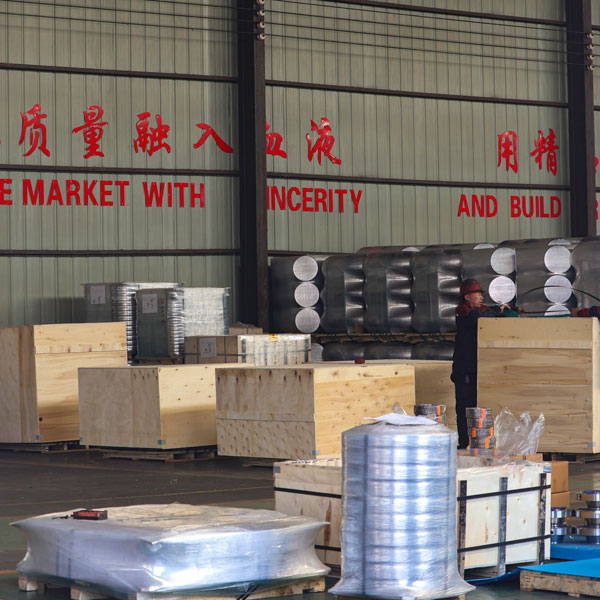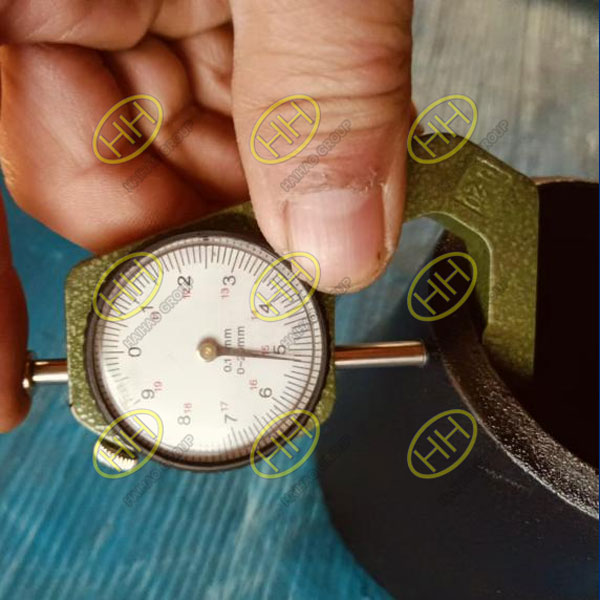The impact of temperature on measurement accuracy: A crucial factor not to be ignored
Temperature plays a crucial role in the accuracy of measurements, and its influence should never be underestimated. While factors like humidity, vibration, dust, and corrosive gases can also affect measurement precision, temperature variations have the most significant impact. Understanding how temperature affects measurement and adopting appropriate methods to minimize these errors is essential for obtaining accurate results.
Methods to Minimize Temperature Errors
To reduce the impact of temperature on measurements, several methods should be adopted:
1.Measure at Standard Temperature Conditions
Measurements should ideally be performed when the temperature is close to the standard temperature. In practice, we follow strict procedures by ensuring that the measuring instruments and the items being tested are in thermal equilibrium with the room temperature before calibration or inspection. If measurements are requested immediately, the temperature variation can influence the accuracy of the results.
2.Let Instruments and Workpieces Reach Equilibrium Before Measurement
When measuring on-site, avoid taking the standard instruments out of their storage environment and measuring immediately. Instead, place the instruments and workpieces together on a flat surface and let them reach thermal equilibrium before proceeding with measurements. This ensures that the temperature of both the measuring tool and the workpiece is the same.
3.Avoid Hand Temperature Impact on Workpieces and Tools
Human body temperature can affect both the workpiece and measuring instruments. For example, when using or calibrating micrometers, ensure that you are using an insulating pad to hold the micrometer. If you feel the heat from your hand transferring to the tool, allow it to rest for a while before measuring or calibrating. This minimizes the effect of hand temperature on the measurement.
4.Temperature Compensation in Outdoor Measurements
When measuring large objects outdoors, it’s crucial to compensate for the temperature differences based on the material type. Using temperature compensation tools for the respective materials helps minimize the temperature-related measurement errors, especially in outdoor conditions where temperature fluctuations are more significant.
In conclusion, temperature is a critical factor that influences the accuracy of measurements, and it is essential to take proactive steps to minimize temperature errors. Whether in controlled environments or on-site measurements, following best practices to ensure thermal equilibrium and using temperature compensation techniques can significantly improve measurement precision. At Haihao Group, we are committed to providing accurate and reliable measurement services by adhering to industry standards and ensuring the ideal temperature conditions for each measurement.
Haihao Group attaches great importance to the quality inspection process. We will pay attention to these issues when doing dimensional quality inspection to reduce measurement errors as much as possible. If you need our pipeline system supporting products, please feel free to contact us. Email:sales@haihaogroup.com


